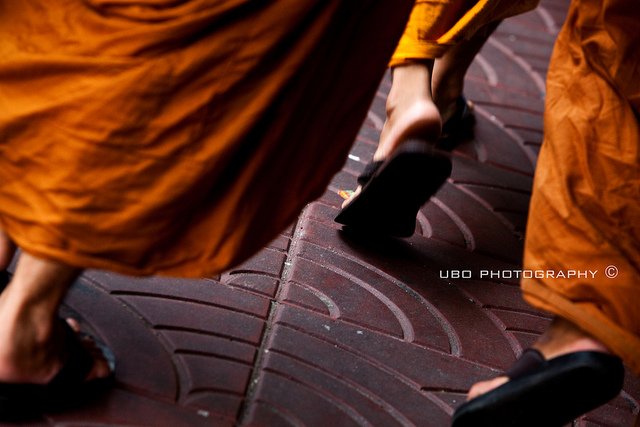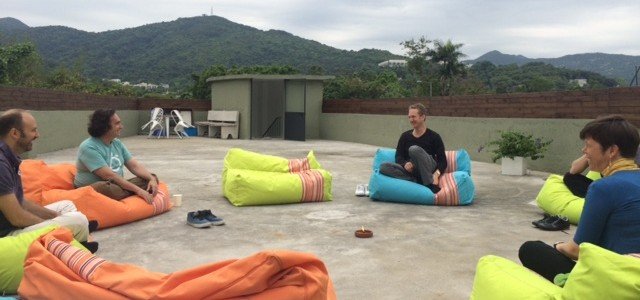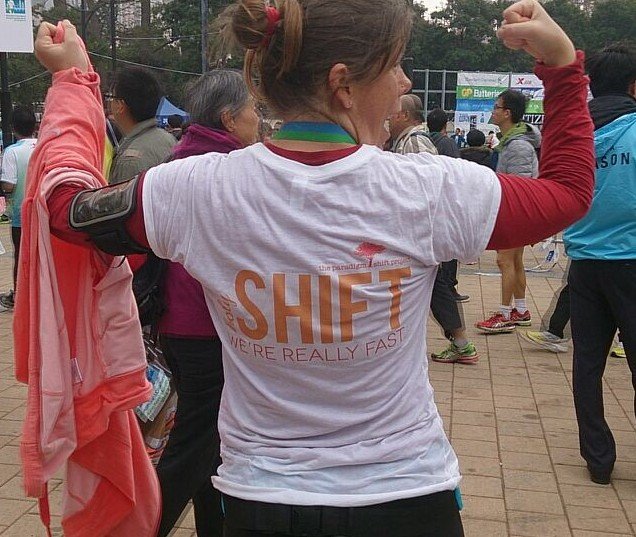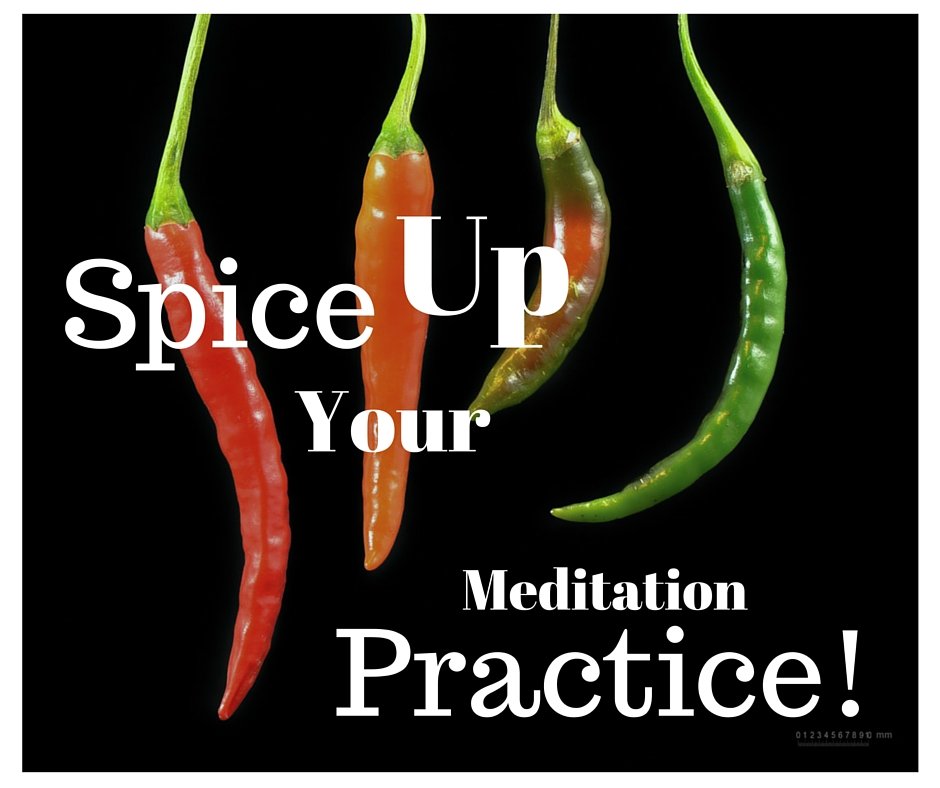
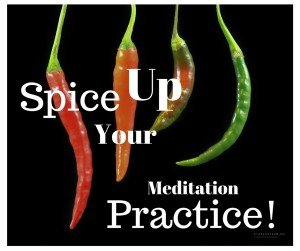 Want to spice up your meditation practice?
Want to spice up your meditation practice?
Add one of these simple focuses to your practice to spices things up a bit. They help keep your mind interested (focused and willing)… and ultimately keep us motivated to practice!
1. Counting vs not counting breath: Exploring the advantages and challenges of both. Noticing what happens when you count vs when you don’t. (The bigger picture: This isn’t about one option being better, it’s more about noticing the differences between the two and playing with the effects.)
2. Noticing the variety of sensations in your body at any given time: Noticing different qualities of sensations in your foot like hot, cold, itching, tingling, etc. Next time you can notice all the different sensations in your foot again and notice how things have changed – to compare and contrast, or switch to noticing your leg or face or arm, etc. (The bigger picture: Focusing attention on noticing the different sensations increases your ability to sense them… This gets quite interesting as there are a wide array of ‘subtle’ sensations that most of us are not even aware of at first.)
3. Relaxing: Can you relax your face when you meditate? (Or your foot, or leg…). This is to play with consciously relaxing a part of the body and noticing what happens. (The bigger picture: This also helps you notice how tense you are – or aren’t – and to let go of unnecessary muscular tension that drains your energy! Often we discover that there are areas that we habitually hold unnecessary tension and we can begin to change that habit by relaxing those areas every day.)4. How big or small of an area can you pay attention to? Can you notice your whole foot for 3 breaths? Only 1 toe? (The bigger picture: This helps you break out of any patterns you’ve developed during your life or your practice that are restricting your ability to focus on larger or smaller areas/things.)
5. Length of focus: Can you stay present for one entire breath (inhale+exhale) with out losing focus and getting lost in thought? Two? Two and a half? Three? Can you build up to three and a half? Four? Four and a half? Ten?
(The bigger picture: This is to consciously lengthen the amount of time you’re able to stay present continuously. This isn’t about increasing to a specific number of breaths or certain length of time, it’s about exercising the muscle of focus and thereby learning and remembering how to grow and change and evolve… as we play with lengthening our focus we teach ourselves how, how to get better. This is not about numbers, it’s about getting to know ourselves and learning how to learn.)

